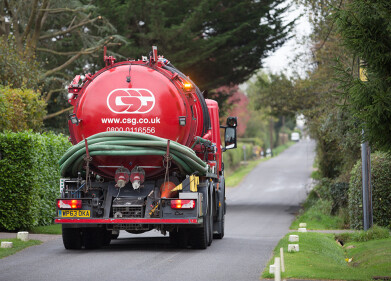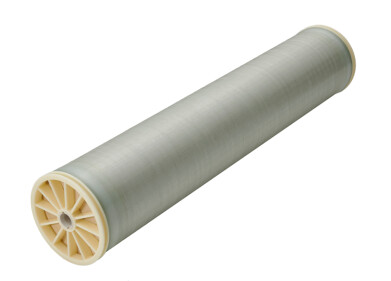Water/Wastewater
How Much Plastic is in our Oceans?
Jan 07 2015
Considering the fact that just 5% of the world’s plastic is currently recycled, it’s safe to assume that at least some of this waste has ended up in our oceans. But up until now, we’ve only had a vague idea of the scale of the problem.
Expanses such as the Great Pacific Garbage Patch - a sprawling ‘soup’ of microplastics - suggest that plastic in our oceans is a major problem. But the oceans cover 70% of our planet, so this is just a small part of the puzzle. In reality, how much plastic is in our oceans?
5.25 trillion pieces!
Thanks to a six year research mission by scientists in Australia, New Zealand, the US, France and Chile, we now have a much better idea. Between 2007 and 2013, twenty four expeditions set off across the globe, resulting in the first study of its kind to take a comprehensive look at how much plastic is in our oceans. So what did the project reveal?
Alarmingly, the research shows that there is a minimum of 5.25 trillion pieces of plastic in our oceans - mainly comprised of microplastics measuring 5mm or less. That’s the equivalent of 269,000 tonnes - the same as eight hundred and seven Boeing 767 jumbo jets.
Where does it come from?
The plastic found in our oceans comes from all kinds of places. Much of it is old fishing equipment. A significant amount is old packaging - including food and drink wrappers, plastic bags and Styrofoam cups. Then there’s debris from offshore oil rigs, products from dropped shipping containers, and other obscure objects. Plastic doesn’t only originate from direct deposits into the ocean; it can also travel down streams and rivers to reach the sea.
Should we be worried?
The problem is that the majority of plastics are not biodegradable. Instead, they break into smaller and smaller pieces - a process encouraged by the sun, known as photodegradation. In most cases, once plastic has reached the ocean, it is there to stay.
Plastic is a threat to both marine life and humans. Large pieces including fishing nets can strangle or entangle animals such as seals and dolphins. Extensive swathes of plastic can block sunlight for algae and plankton, which are vital for the survival of other species. As the first crucial step of the food chain, a threat to these microorganisms is a big concern for the future of marine ecosystems.
Smaller pieces can be ingested by fish - allowing harmful substances to travel up the food chain, and ending up on our plates. In reality, we do not know how this is affecting our health.
This first full-scale research project has revealed the true extent of how much plastic is in our oceans. Now, it’s up to us to make a change.
What else can we learn from our oceans?
For the last three years, Dr. Intan Suci Nurhati has gone on expeditions to collect small samples of coral to facilitate a range of subsequent geochemical analyses. With her colleagues in other universities and institutions in the region and around the world, Dr. Intan and her collaborators have been working together and sharing their collections of coral samples from the Indian Ocean and Southeast Asia. The analyses have enabled them to precisely date past environmental events that occurred in the last centuries. For more information, read this article: Corals as Natural Archive of Environmental and Climate Changes.
Events
Feb 05 2025 Nantes, France
Feb 16 2025 Kampala, Uganda
Feb 26 2025 Chennai, India
Feb 26 2025 Tulsa, OK, USA
WATERTECH CHINA (GUANGDONG) 2025
Mar 05 2025 Guangdong, China












